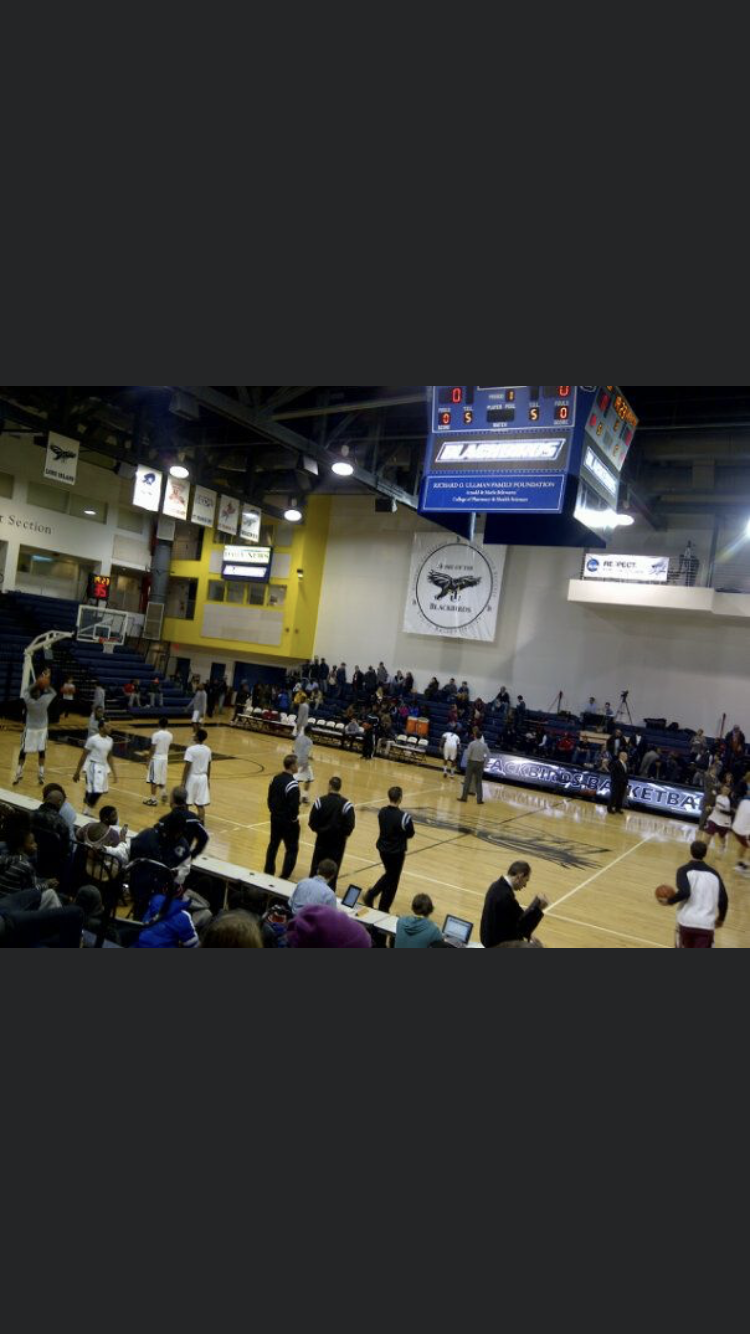Continuing from where I left off in the last blog post here are some things to know-
8. If you are not able to secure a scholarship don’t get disheartened. There are a few other options like on campus jobs. They won’t cover your finances like a GA,TA or a RA, but hey, every bit counts right. In North American, this could be working in your college cafeteria, working in the gym reception or the recreation center of your university, library, student help center or coaching center. One gets paid on an hourly basis and we are permitted to work 20 hours when school is in session and 40 hours during summer break, end of semester break etc. Working off campus is illegal in the USA and if caught you could be looking at deportation. I’ll advise against it. Canada is more relaxed and allows off campus jobs with similar restrictions on working hours as the US. This could be one of the important factors to consider when deciding where you would like to pursue your masters.
9. Back in 2011, on campus jobs were minimum wage jobs fetching $7.25/hr. This might have changed now as the minimum wage has raised. Some on campus jobs where you tutor other undergraduate students in subjects like maths, sciences etc can be a little higher paying depending upon what university one goes to.

10. CPT (curricular practical training)- is temporary employment authorization off campus that is offered in US universities which could be from 6-12 months while you are still studying in the program. This employment must be in the field of study. Consider employment under CPT as a regular job, you give the interview, you negotiate your salary. You are looking at much higher salaries (especially in our profession) compared to on-campus jobs but remember that one must have a physical therapy license to even consider this option. Also, most schools won’t offer them in the first or second semester. Depends on their policy, so don’t count on it when you first start school.
11. OPT (optional practical training)- is a temporary employment authorization offered mostly at the end of one’s studies (can be offered after one year of completion of studies as well). You must apply for it a few months before graduation, do not forgot to apply. If you do not, you will miss this very important period to work and gain some North American experience. It’s also a buffer period or a transition period between being a F1 student to getting a H1B if that’s the route you wish to choose. It is offered for 1 year and if your course is a STEM program (science, technology, engineering and mathematics) you are eligible to get a 17 month extension on your already 1 year OPT period. It’s called OPT extension. I know that exercise science falls under it ( I don’t think a Masters in physical therapy does, but I’m not sure about all schools) but make sure you ask your school before assuming. Needless to say, to work under this period as a physiotherapist/physical therapist you will still need your license.
12. Masters is physical therapy is not a very common course offered in the US anyways (very few schools were offering it in 2011, I’m not sure about it now). This program has slowly been outdated and replaced with a 3 year doctorate of physical therapy (DPT) program in most of the schools across the USA. Basically it’s the same as our BPT. For specialization in particular fields like orthopedics, sports, geriatric etc, there are many residencies and other courses offered by APTA but generally not a full time 2 year university course. (I did masters in exercise science. To know more about it follow my previous blog HERE). In Canada, there is no bachelors in physiotherapy anymore. Here, bachelors could be in psychology major, exercise science etc where you gain credits in anatomy, physiology etc and then apply for a masters in physiotherapy which is a 2 year program (similar to our bachelors). Again, just like the US, to pursue specialization in different fields, there are smaller courses and workshops but no full time post graduate program.
13. Some common questions that I get asked often are ‘what are credits?’. Consider credits as a form of unit. Every subject that one takes during a semester has a certain number of credits assigned to it (generally 3-4). To graduate one must complete a set amount of credits. To give you an example, for my program, I needed 36 credits to graduate from a masters programs and every subject was assigned 3-4 credits. Most universities will present tuition fee in terms of fee per credit. You can do the maths and calculate your full course fee.
14. Finally, remember that unlike our colleges and universities where the curriculum is preset for us, in North American universities you choose what courses you would like to take. There are core courses which are mandatory and then there are a bunch of elective courses to choose from. For the most part, you choose what subjects or courses interest you and choose which semester you plan to take it. Of course, your advisor will be there to guide you through the process.
Hopefully this information will help you to make a better informed decision when deciding what country and program you wish to pursue.
Next blog post will focus on physiotherapy as a career abroad and thing you should know before making a decision.
Good luck
Pursue excellence
Abhijit Minhas
(BPT, MS, CMP, FMT)
